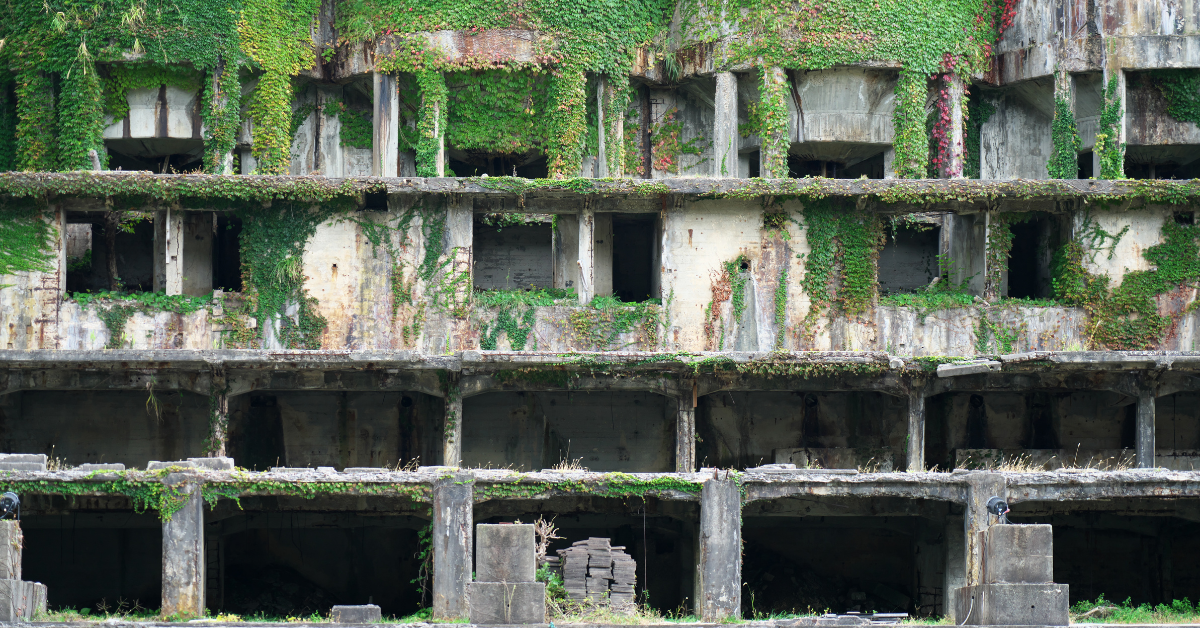The Sado Island Gold Mines in Niigata Prefecture became a UNESCO World Cultural Heritage Site in July 2024. For Japanese people, these mines are a symbol of national pride for their economic and technological achievements, but also a reminder of the harsh labor and sacrifices endured by miners.
Historical Background of the Sado Gold Mines
The Sado Gold Mines developed in the early 17th century under direct control of the Tokugawa Shogunate. At their peak, they produced one of the largest outputs of gold and silver in the world. Mining and refining, mainly through manual labor, were highly advanced for their time and are seen as a symbol of technological innovation.
However, miners worked in dark, damp tunnels, often facing oxygen shortages and cave-in risks. Their suffering sustained the shogunate’s finances, as well as road construction and cultural growth. Japanese people view the mines through this dual perspective.
| Aspect | Details |
|---|---|
| Economic Role | Supported the shogunate’s finances and trade |
| Technological Development | Highly valued tunnel excavation and refining methods |
| Social Impact | Improved roads and ports, transforming local life |
Japanese Feelings of Pride
Many Japanese people see the Sado Mines as “heritage that enriched the nation”. Their recognition as a World Cultural Heritage Site gave Japanese people a sense of joy and confidence.
Visitors often remark that craftsmen’s ingenuity shaped Japan’s craftsmanship spirit today and that the mines’ excellent preservation makes them highly valuable for education. Tourists are astonished by the structure of the tunnels and the refining process, which testify to the advanced technology of the Edo period.
| Source of Pride | Explanation |
|---|---|
| Wealth Creation | Gold and silver production supported the economy |
| Technological Innovation | Manual mining and refining methods |
| Cultural Heritage | Well-preserved, highly valuable for education |
Feelings Toward the Harsh History
Behind prosperity lay extremely harsh working conditions. The tunnels were humid, oxygen-poor, and filled with dust. Many workers lost their lives to illness or accidents. As a result, Japanese impressions combine “pride in the heritage” with “a duty not to forget the sacrifices of the workers.”
Schools use the mines as a subject to teach about labor and human rights. This reflects an awareness that pride must be balanced with responsibility to learn from history.
| Cause of Hardship | Explanation |
|---|---|
| Tunnel Conditions | Dark, narrow, oxygen-deficient |
| Workload | Long, heavy labor |
| Sacrifice | Many miners died of illness and accidents |
How Japanese People Enjoy and Reflect Today
Today, the Sado Gold Mines are open to the public as a tourist site. Japanese visitors learn history through tunnel exploration, gold bar lifting, and exhibits on mining tools.
Tourists often say, “the air in the tunnel carries the tension of the past,” “I was shocked by the weight of real gold,” or “I felt both pride and sadness.” These experiences make the site more than just sightseeing—it becomes a living lesson.
| Tourist Experience | Content | Impression |
|---|---|---|
| Tunnel Exploration | Walking inside actual tunnels | Feel the tension of the workers |
| Gold Bar Lifting | Experiencing the real weight of gold | Surprised by its density |
| Educational Exhibits | Learning mining tools and refining methods | Recognize the high level of technology |
Significance of World Heritage Registration
World Heritage recognition is not just an honor; it requires a balance of preservation and utilization. Japanese people take pride in the international recognition, but also worry about over-tourism and local life disruption. Efforts include multilingual guides, safe visitor routes, and improved preservation measures.
| Effect of Registration | Japanese Response |
|---|---|
| International Recognition | History and technology acknowledged worldwide |
| Stronger Preservation | Better safety management and archival protection |
| Regional Development | Boost to local economy through tourism |
Voices of Local Residents and Inheritance Efforts
For local residents, the mines are both a source of pride and an inseparable part of daily life. Schools teach about the mines, storytellers share experiences of the past, and local shops and restaurants offer crafts and dishes inspired by the mines.
| Inheritance Effort | Example |
|---|---|
| Education | School programs and guided tours |
| Cultural Activities | Storytellers and local festivals |
| Tourism Link | Crafts and cuisine themed on the mines |
The Value Foreigners Should Understand
For foreign visitors, the Sado Mines are not just a mining site—they are a compressed record of Japan’s economy, culture, and everyday lives. By learning Japanese impressions, foreigners can understand both the pride and the hardships.
| What Foreigners Can Learn | Details |
|---|---|
| Economic History | Gold and silver supported national finances |
| Technological History | Manual innovation in mining and refining |
| Social History | Workers’ struggles and daily life realities |
Conclusion
The Sado Island Gold Mines are a Japanese heritage of both pride and hardship. Their role in supporting the economy is a source of pride, but the sacrifices of countless workers must not be forgotten. Through tourism and education, the mines continue to pass on their complex history.
For foreigners, knowing Japanese impressions allows for a deeper understanding of this site. The Sado Mines are more than a tourist attraction—they are a living record of human endeavor and culture.






